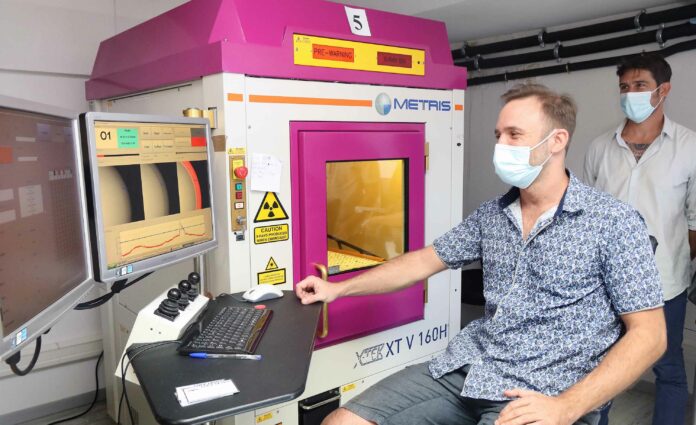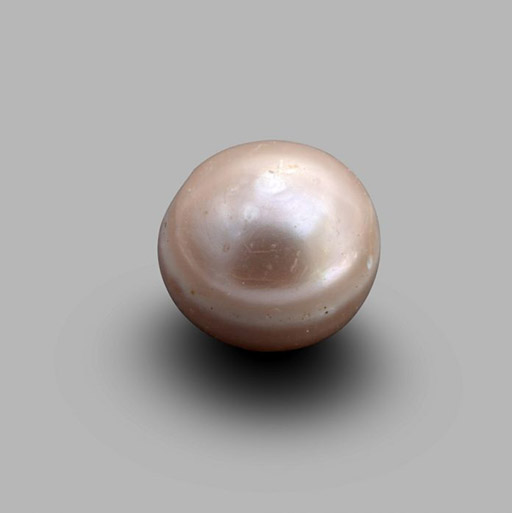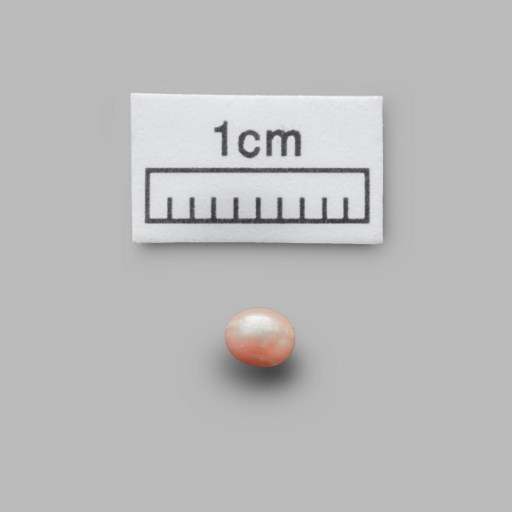Tony Gardon’s doctoral thesis at the University of French Polynesia (UPF) highlights growing concerns about the impact of micro- and nanoplastics on Polynesia’s pearl oysters, threatening the sustainability of the pearl industry and the health of lagoon ecosystems.
His research reveals that microplastic contamination in pearl farming lagoons severely affects the oysters’ energy metabolism, impairs gamete formation, and reduces pearl quality. Laboratory data supports these findings, showing energy imbalances in oysters, reproductive disruptions, and a decline in pearl quality.
Funded by the Directorate of Marine Resources (DRM), this study indicates that plastic waste, introduced by farming structures since the 1980s, is now omnipresent in Polynesia’s pearl lagoon waters. These microplastics, found in high concentrations in surface waters and the water column, pose a major risk to pearl oysters, which—as filter-feeding organisms—are particularly vulnerable.
While pearl farming is not the primary source of plastic waste, global plastic production, largely used for packaging, significantly contributes to ocean pollution. In Polynesia, the pearl industry generates around 140 tons of plastic waste annually, worsening lagoon degradation.
Facing this environmental threat, the DRM supports research projects like Resccue, which seeks sustainable solutions for pearl farming and promotes a circular economy. However, the high cost and complexity of lagoon cleanup make it urgent to find alternative solutions and reform industry practices. Reducing plastic pollution is crucial not only to protect the already economically fragile pearl industry but also to ensure the long-term sustainability of lagoon ecosystems.




